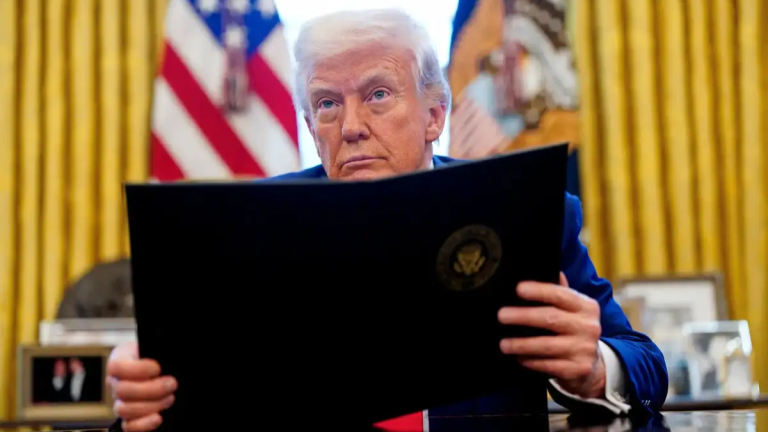President Donald Trump has announced a 90-day pause on reciprocal tariffs for most countries, with the notable exception of China, where tariffs will be increased to 125%. This decision marks a significant shift in the administration’s trade policy and has been met with a mix of relief and skepticism.
The Decision And Its Context
Trump’s announcement came just hours after the tariffs went into effect, following a period of intense market volatility. The S&P 500 had flirted with bear market territory, and trillions of dollars had evaporated from the market over the last several days. The pause applies to over 75 countries that have not retaliated against the U.S. tariffs, with the tariffs being reduced to a 10% flat rate during this period.
Reasons For The Pause
Trump cited the lack of retaliation from over 75 countries and the need to negotiate better trade deals as reasons for the pause. He also mentioned that people were “getting a little bit yippy” and “queasy” over the market turmoil. The decision was also influenced by the significant market reaction to the tariffs, with the S&P 500 jumping 9.5% shortly after the announcement.
Market And Economic Implications
The pause on tariffs has been welcomed by the markets, leading to a significant rally. However, the long-term impact remains uncertain. The administration’s aggressive trade actions have already led to significant market volatility and economic uncertainty. The pause provides a window for negotiations and could potentially reduce some of the immediate economic pressures.
The 90-day pause offers an opportunity for the U.S. to engage in trade negotiations with its partners. Treasury Secretary Scott Bessent emphasized that the U.S. would negotiate in good faith, aiming to reach mutually beneficial agreements. However, the future of U.S. trade relations remains uncertain, especially with China, where tariffs have been increased.

